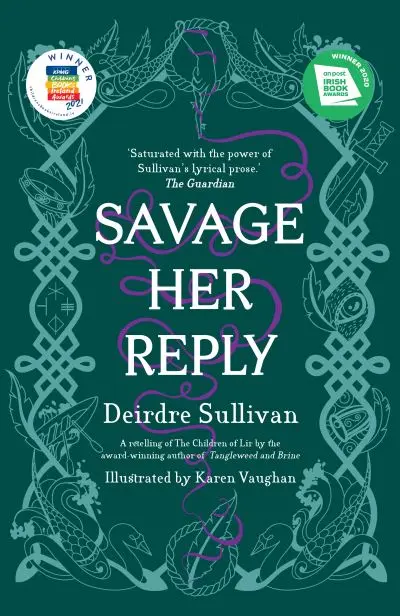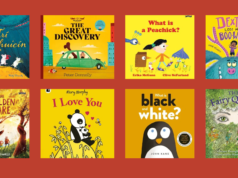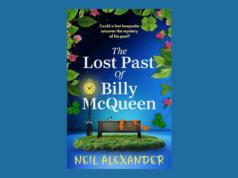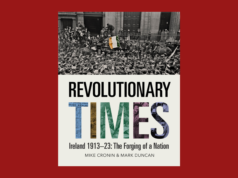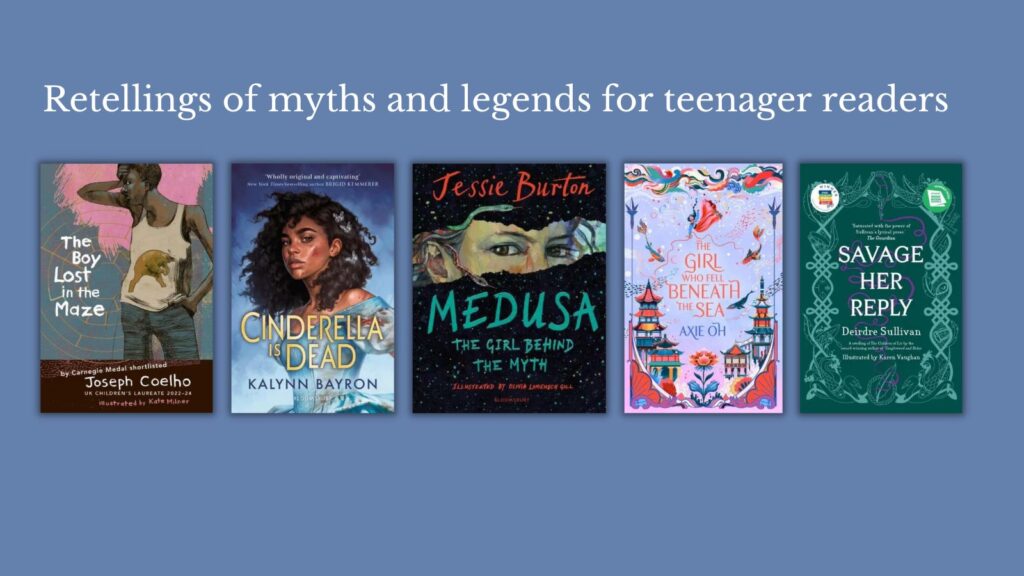
Ruth Ennis chooses five young adult books suited for readers aged 15+ that give familiar tales new life

As January unfolds, we talk about reinventing ourselves and starting afresh. This got me thinking about what role retellings have in our lives. Retellings of folk stories, fairytales, myths, and legends encourage us to take a known story and reinvent new ways to make them engaging to a contemporary audience. They can be renewed through a feminist lens, an alternative protagonist, a change in circumstance—all to motivate readers to consider new perspectives.
We see a lot of retellings appear in young adult literature, and I think a reason for that is how they appeal to readers during such a significant transitional period in their lives. Retellings take the comforting familiarity of a story they grew up with and merge that with the excitement of exploring endless possibilities. I want to share five young adult books suited for readers aged 15+ years that I think do an excellent job of giving familiar tales new life.
The Boy Lost in the Maze, by Joseph Coelho, illustrated by Kate Milner
This first book takes an invigorating approach to the Greek myth of Theseus and the Minotaur. The Boy Lost in the Maze written by Joseph Coelho and with illustrations from Kate Milner (Otter-Barry Books) is a dual narrative verse novel with ‘choose your own adventure’ elements. The story gives us insights to the reflections and inner conflicts that the Greek hero Theseus faces as he challenges several fantastical enemies, while also introducing us to Theo, a modern-day teenager on his journey to see his estranged father. Brilliantly paced, these two stories are told in parallel, allowing for clear comparisons between the ancient myth and a modern reality.
Coelho, the UK Children’s Laureate, demonstrates a masterful command of the verse form, echoing the oral-poetic tradition of the myth. This story showcases some of the most nuanced and compassionate explorations of masculinity and the importance of vulnerability for teenage boys I’ve seen in young adult literature. A wholly original and enticing read.
Medusa: The Girl Behind the Myth, by Jessie Burton, illustrated by Olivia Lomenech Gill
Another retelling of a Greek myth, Medusa: The Girl Behind the Myth by Jessie Burton and with illustrations by Olivia Lomenech Gill (Bloomsbury) delves into the life of the exiled girl with snakes for hair and fabled to have the power to kill a man and turn him to stone with a glance.
We are offered insight into the hardships and injustices Medusa faces at the hands of Poseidon, the resulting loneliness she experiences, and the need to find a friend in Perseus, with the utmost empathy. This book exhibits breathtaking prose, poetics woven seamlessly throughout. The painted illustrations are stunning and well-matched in excellence to the writing. This retelling is one that will be best appreciated by those already familiar with the story of Medusa, but also succeeds in standing on its own. It is a story better suited for older teenage readers, as it addresses the topic of assault. An absolute must read for any Greek mythology enthusiast, it is a brilliant production from beginning to end.
Cinderella is Dead, by Kalynn Bayron
Moving to a more familiar tale, Cinderella is Dead by Kalynn Bayron (Bloomsbury) offers an inspired approach to the genre of retellings. Set two hundred years after Cinderella’s death, her story has become legend to the point that it influences the rules of this world. Teenage girls are expected to attend the annual ball to be picked by men to marry. In this world, domestic abuse is frequent, girls are victims of mysterious deaths, and our protagonist Sophia is robbed of a life with the girl she loves. When she decides to reject this society that she’s always known, she begins a journey that uncovers dark secrets behind the story of Cinderella.
The book does a great job highlighting the consequences of revering texts without criticism. A fascinating analysis of the power stories have over our culture and how they can be weaponised as a means of control. This is an incredibly creative approach to retelling a story.
Savage Her Reply by Deirdre Sullivan, illustrated by Karen Vaughan
If you are searching for an Irish mythology retelling, look no further than Savage Her Reply by Deirdre Sullivan, with illustrations by Karen Vaughan (Little Island). This book takes the story of the Children of Lir, originally about four siblings being transformed into swans by their evil step-mother Aífe, but now from Aífe’s perspective.
Here, we learn of her childhood, her kinship with her sisters, her desires in life, the reality she was trapped in, and how stories are warped and can be wielded as weapons. We are gifted an insight to a complicated and conflicted character that refuses to shy away from the worst thing she’s ever done, while proposing an opportunity for a true understanding of her motives and the devastating consequences of her actions. With enticing prose interwoven with poems shaped in the image of Ogham script, this book is a masterclass in retelling a story that transcends the original which I recommend regularly.
The Girl Who Fell Beneath the Sea by Axie Oh
Last on this list is The Girl Who Fell Beneath the Sea by Axie Oh (Hodder & Stoughton). The book shares its opening with The Tale of Shim Cheong, a Korean folktale of a girl who sacrifices herself to the sea. In this retelling, Mina is our protagonist, who volunteers in Shim Cheong’s place. Mina sacrifices herself to appease the sea god and to safe Shim Cheong, who her brother is in love with. Mina is introduced to an underwater Spirit Realm, with gods, mysterious characters, and a red string of fate.
This is a brilliant fantasy novel with endearing characters and wonderful world-building. It is a great example of taking a myth and expanding it until it has a rich life of its own. A gripping book you will race to finish and one of my favourite reads in 2023.
In these books, ancient legends have been spun into something new. They succeed in inspiring readers to look beyond the given word, and to explore new perspectives that can enrich the stories that shape us.










